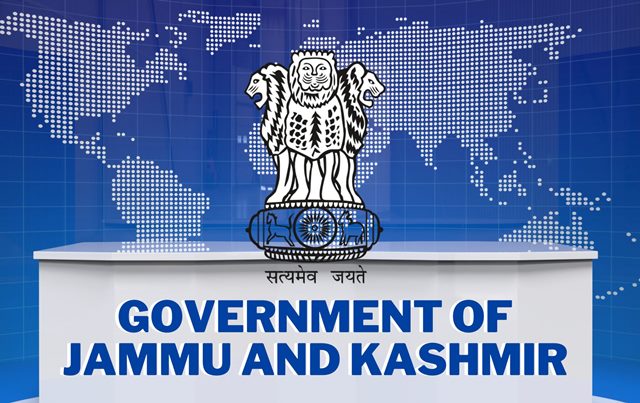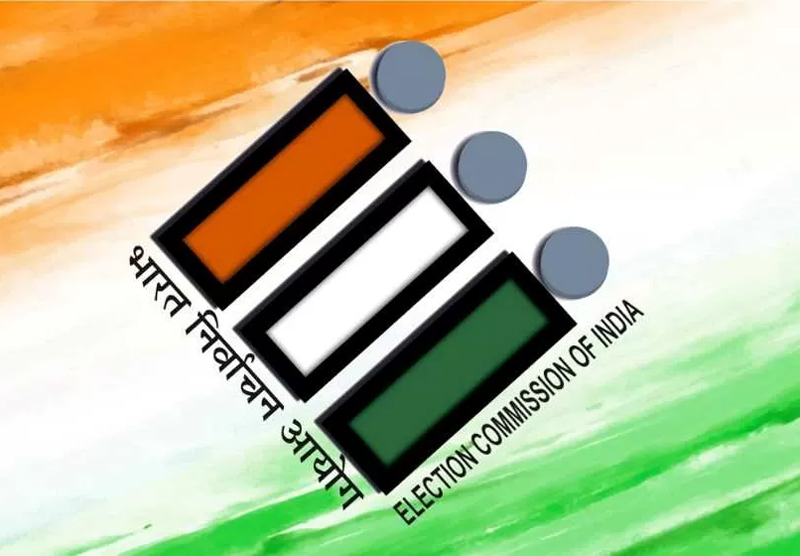In a significant development questioning gender equality in the Indian Army, the Supreme Court recently raised concerns over the underrepresentation of women officers in the Judge Advocate General (JAG) branch, which is officially claimed to be a gender-neutral department. The apex court questioned the logic behind allocating only 50% of the JAG vacancies to women despite higher merit rankings achieved by female candidates.
Merit Ignored: Women Outranked Men but Denied Entry
A bench comprising Justices Dipankar Datta and Manmohan reserved its verdict on a petition filed by two women officers — Arshnoor Kaur and Astha Tyagi — who secured 4th and 5th positions respectively in the merit list but were not selected for the JAG branch. Their exclusion was attributed to a skewed vacancy ratio — only 3 out of 6 vacancies were reserved for women.
“Prima facie, we are satisfied with the case set up by petitioner 1, Arshnoor Kaur,” the court remarked. The bench directed the authorities to take immediate steps for her inclusion in the next available JAG training course.
Court Questions Gender Disparity Amid Progressive Roles for Women
Drawing parallels to the Indian Air Force where women now pilot Rafale fighter jets, Justice Datta questioned, “If a woman can fly a Rafale and potentially become a prisoner of war, why is it so hard to allow more women in the Army’s legal services branch?” This strong statement underscored the perceived inconsistencies in gender policy across different defense services.
The Claim of Gender Neutrality Under Scrutiny
The court also pointed out a critical contradiction: if the posts are truly gender-neutral, why does the Army still bifurcate vacancies based on gender? Justice Manmohan noted that true gender neutrality doesn’t mean a 50:50 gender split; rather, it means that selection should be entirely merit-based, regardless of gender.
Centre Defends Gender-Based Vacancy Allocation
In response, Additional Solicitor General Aishwarya Bhati, representing the Centre and the Army, argued that the induction of women officers is a progressive and calibrated process aligned with the Army’s operational preparedness. She claimed that the current 50:50 intake ratio (starting from 2024) evolved from the earlier 70:30 policy and is not discriminatory or unconstitutional.
Operational Needs vs. Equal Opportunity
Bhati emphasized that the JAG branch plays a critical role in both peacetime legal advisory and wartime operations, and the selection of officers cannot be detached from overall manpower assessment and strategic deployment. She further stated that separate SSBs (Services Selection Boards) for men and women are essential due to differing physical test requirements.
According to her, gender integration in the Indian Armed Forces remains an evolving framework, shaped by periodic studies and cadre health reviews, rather than judicial directives.
Previous Arguments on Combat Deployment for Women
The Supreme Court had earlier questioned the absence of women JAG officers in combat zones, citing it as another indicator of discriminatory policy. In defense, Bhati explained that the government has consciously avoided deploying women in frontline combat roles due to higher threat perception and risk of enemy contact. This, she said, was done with careful consideration for operational security.
What This Means for Gender Parity in Indian Armed Forces
This case reflects a larger debate on gender parity within India’s defense services. While the Air Force and Navy have made visible strides in integrating women, the Army still follows restrictive intake policies in several branches, including JAG. The Supreme Court’s intervention in this matter may set a precedent for merit-based gender neutrality across all armed forces.
Legal Experts Weigh In
Legal analysts observe that the court’s focus on merit over gender-based quotas aligns with constitutional guarantees of equality and non-discrimination under Article 14 and 15. “This case isn’t just about two officers — it’s a litmus test for the Army’s approach to gender inclusivity,” said a retired legal advisor with the Ministry of Defence.
Verdict Could Influence Future Recruitment Policies
If the Supreme Court rules in favor of the petitioners, it could reshape recruitment norms in not just the JAG branch but also across other gender-sensitive branches of the Indian Armed Forces. This would compel the government to prioritize meritocracy over rigid gender quotas in areas declared as “gender-neutral.”
The ongoing proceedings serve as a wake-up call for defense institutions to match their policies with their public statements on equality. The Indian Army’s vision of a gender-neutral force must reflect in its recruitment, deployment, and promotional mechanisms. Allowing women with higher merit to be denied entry due to limited “gender-specific seats” undercuts the very principle of equality that a modern military should uphold.
As we await the Supreme Court’s final verdict, one thing is clear — real progress requires more than symbolic gestures. It demands systemic change, transparent policies, and a commitment to equal opportunity based on merit.
















